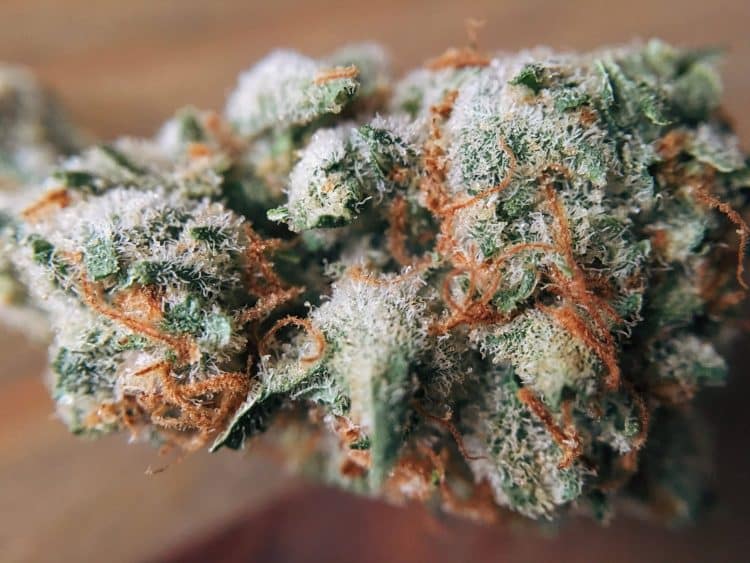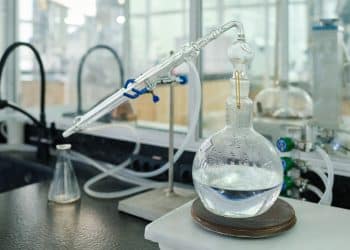Investigating the variables of wiped-film distillation and eyeing the optimal conditions.
Before the 1940s, hamburgers weren’t the classic American food they are today. Sure, plenty of delicious burgers were being made in the mid-20th century, but it wasn’t until McDonald’s came along that the game changed.
Between the early success that the McDonald brothers had seen and the visionary eye for national franchises held by Ray Kroc, the company started a revolution in the way Americans eat.
In 1965, Ray Kroc bought out the brothers and moved for further growth.
It wasn’t necessarily the burgers that made McDonald’s so famous; it was the standardized results for customers. They knew they could walk into any McDonald’s across the country, order a burger, and it would be exactly like a burger from any other McDonald’s.
The company developed a method of making burgers—along with a keen eye for real estate—that has taken them to the upper echelons of the restaurant industry.
It just goes to show that methodology drives success.
When it comes to improving end products in the cannabis industry, short path distillation (SPD) extractors are now using wiped film distillation techniques to enhance their results.
This technology targets compounds during extraction that are thermally unstable and rapidly degrade when placed under heat. [1] Cannabis extractors have started experimenting with wiper speed and temperature to determine optimal settings.
Before SPD was introduced in the 1940s, it would have been exceedingly difficult to distill thermally-unstable cannabinoids. The previous distillation processes would have placed the thermally-sensitive cannabinoids under too much heat for too much time.
Now, wiped-film distillation techniques have evolved to ensure a continuous application of the initial feedstock. The reduced contact time prevents unnecessary degradation of cannabinoids.
In some cases, the initial product is exposed to the heated surface for just a matter of seconds. Moreover, the speed of the wiper must be optimized to provide a thin layer of the initial product.
“The length of time that the extracted oil is exposed to high heat within a distillation system or “residence time” can be tightly controlled with continuously operating distillation systems through both feed rate and roller/wiper speed,” said Steven Bennett, Ph.D., Founder of Prescott Logic Technologies. “This time is minimized to avoid oxidative degradation of cannabinoids while still maximizing the surface area of the matrix and therefore evaporation efficiency.”
Nguyen and Goffic found that what optimizes the final product is the initial concentration, the heating surface, the overall throughput, and the concentration change inside the distiller. [2]
One manufacturer of wiped-film systems indicated that they use “a highly efficient dynamic rotating wiped film action providing turbulent moving thin film mixing.”
Another noted that reduced time on the heating unit often leads to better yields. This may indicate the need for moderate wiper speed. However, they also suggested that a high temperature is key to proper distillation.












